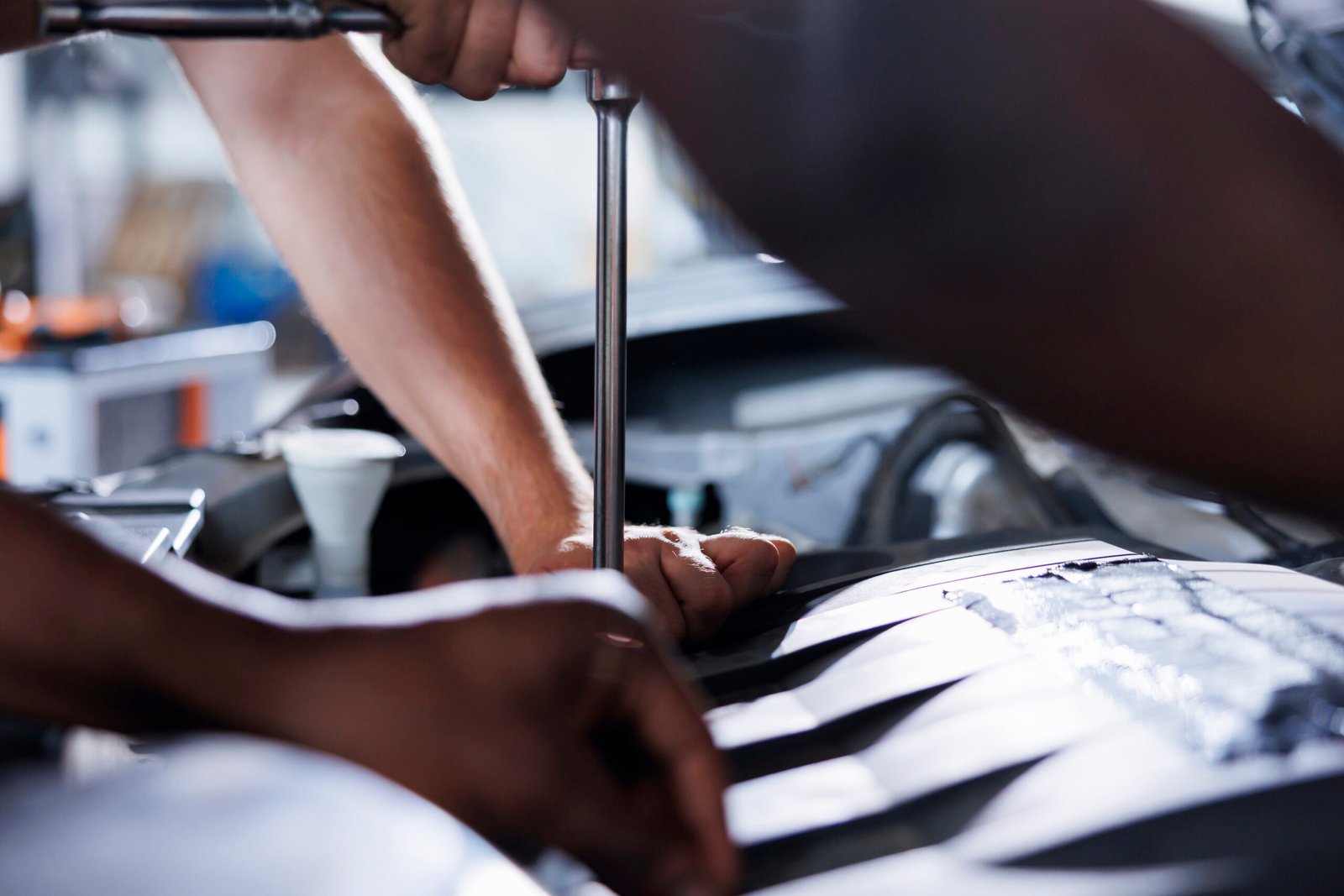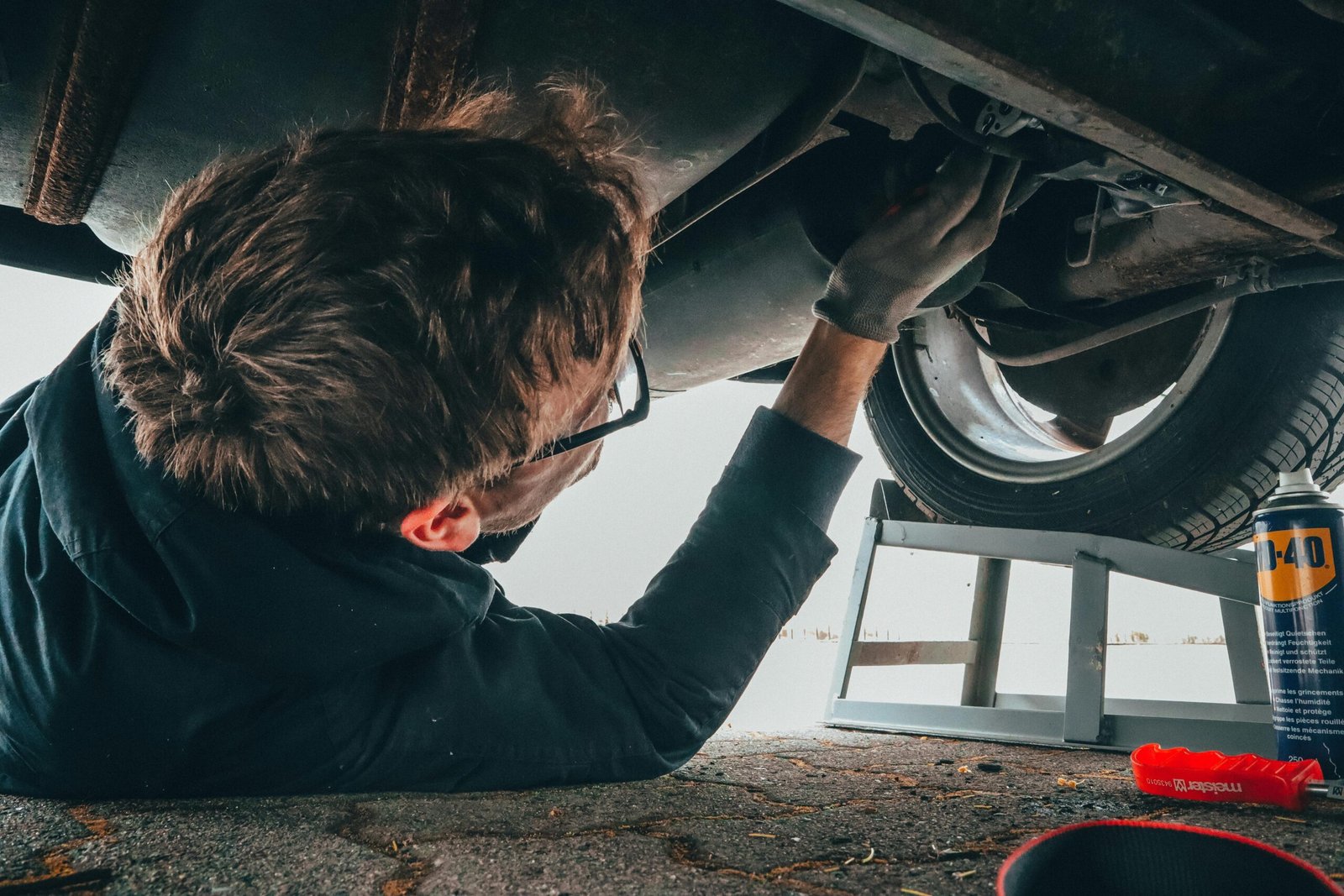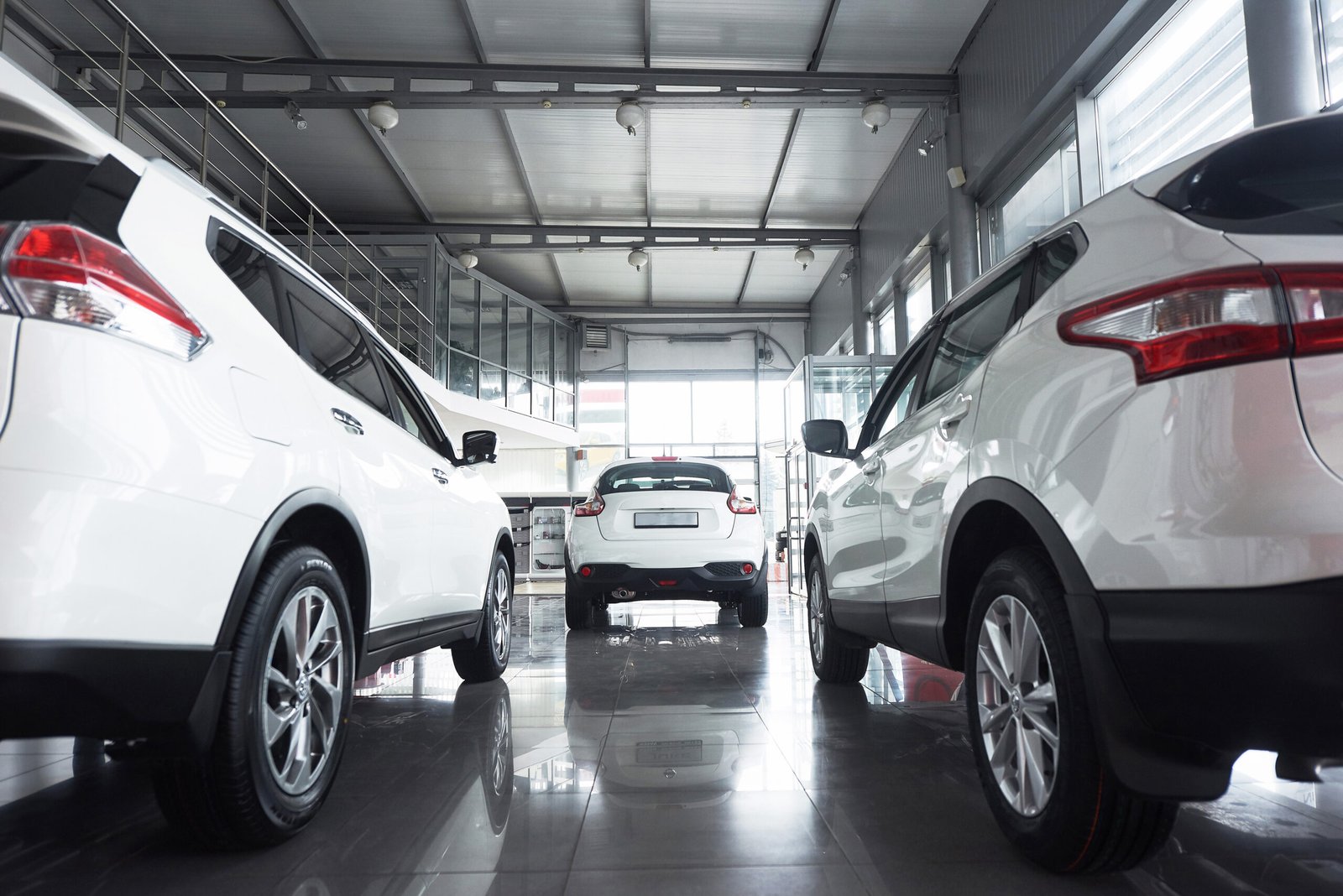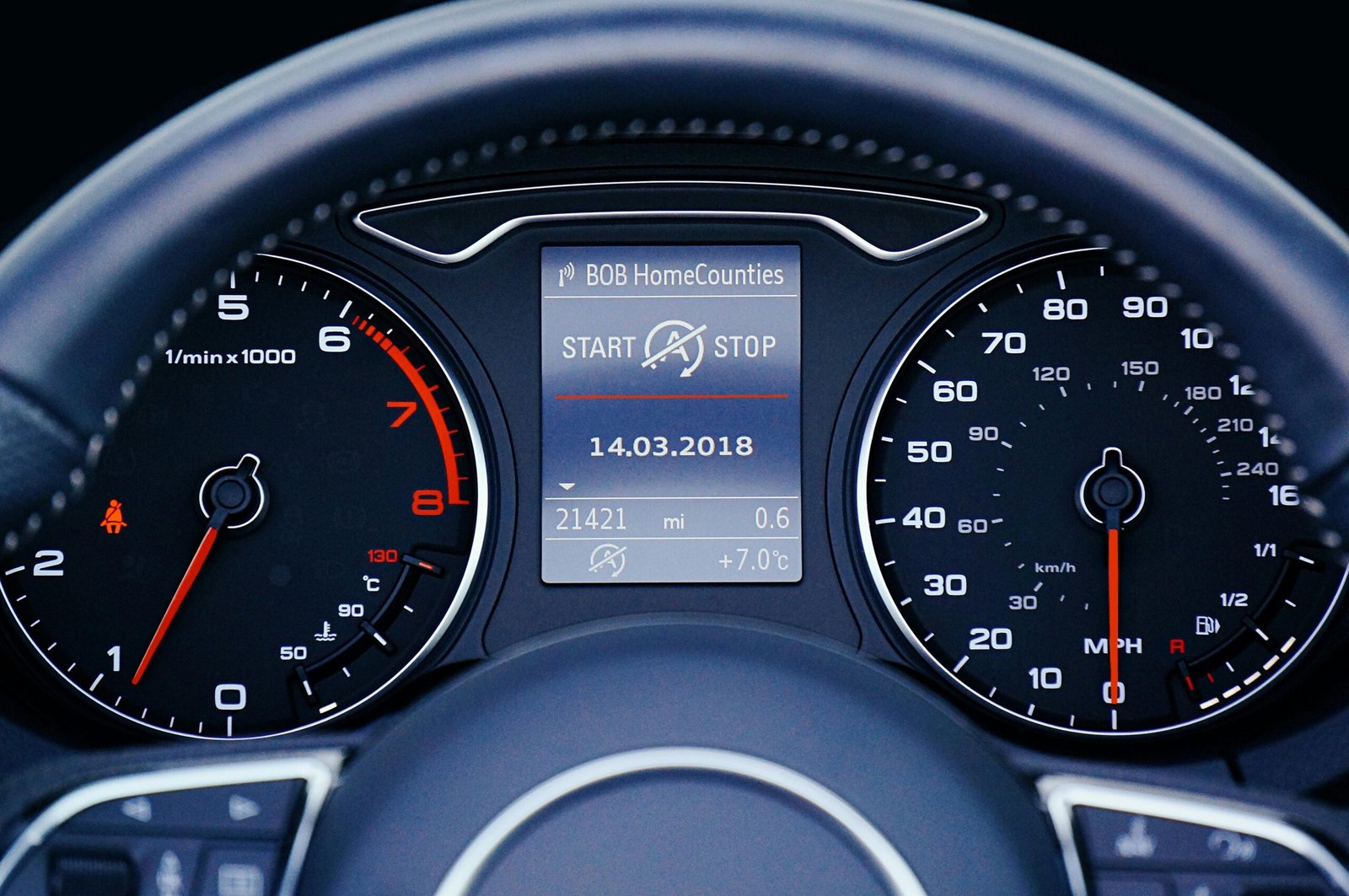1. Introduction
Choosing a car involves careful consideration of various factors, among which mechanical reliability ranks highly. While most modern cars are built to last, certain models have gained infamy for frequent mechanical issues. This article delves into the models known for their mechanical shortcomings, the nature of these issues, and the broader implications for car owners. Understanding the history of mechanical reliability in these models provides invaluable insight for prospective buyers and car enthusiasts alike.
2. Criteria for Evaluating Mechanical Reliability
Mechanical reliability in cars is determined by several key factors, including the frequency and severity of repairs, the cost of maintenance, and the longevity of car parts. Cars that frequently need repairs, especially for critical components like the engine or transmission, are considered less reliable. Reliability is also assessed based on how these cars perform over time and under different driving conditions, providing a comprehensive view of their durability.
3. Notorious Models for Mechanical Issues
3.1 Specific Car Models and Years
There are specific car models and production years that are particularly known for their mechanical problems. For instance, certain models of the Ford Fiesta and Nissan Pathfinder have been reported to have transmission issues. Luxury cars like the BMW 7 Series and Audi A8, despite their high-end status, have also faced their share of mechanical troubles. It’s important for buyers to research specific models and years, as a car’s reliability can vary significantly over different production cycles.
3.2 Common Mechanical Problems
These cars often suffer from a range of mechanical problems, including but not limited to transmission failures, engine overheating, and electrical system glitches. Some models are known for specific issues like faulty air conditioning systems, problematic steering mechanisms, or chronic oil leaks. These issues not only cause inconvenience but also pose safety risks and lead to higher maintenance costs.
4. Factors Contributing to Mechanical Failures
4.1 Design Flaws
Design flaws are a primary factor in the unreliability of certain cars. These flaws might stem from an inherent weakness in the vehicle’s design, such as inadequate cooling systems or under-engineered transmission components. Such design issues often result in recurring problems that can plague a model throughout its lifespan.
4.2 Quality of Manufacturing
The manufacturing process also plays a critical role in a vehicle’s reliability. Poor assembly techniques, inadequate quality control, or the use of substandard materials can all lead to mechanical failures. In some cases, what might seem like a minor issue in the manufacturing process can have significant consequences for the overall reliability of the car.
4.3 Component Durability
The choice and quality of components used in a car directly impact its mechanical reliability. Lower-grade materials, or parts not suited to the demands of the vehicle, are more likely to fail prematurely. This is particularly true for essential components such as the engine, transmission, and electrical system.
5. Consumer Reports and Reliability Surveys
5.1 Key Findings
Consumer reports and reliability surveys are invaluable tools for assessing the mechanical reliability of cars. These reports compile data from a wide range of sources, including direct feedback from car owners, to provide a comprehensive picture of a vehicle’s reliability. They often reveal patterns of mechanical issues and can be used to compare the reliability of different models and manufacturers.
5.2 Noteworthy Trends
These surveys and reports have shown that reliability can vary greatly between manufacturers and even between different models from the same manufacturer. Some brands have consistently ranked low in terms of reliability, with the same types of problems appearing year after year. Conversely, some manufacturers have shown remarkable improvement over time, rectifying past issues and enhancing the reliability of their new models.
6. Impact on Ownership Cost and Value
6.1 Maintenance and Repair Costs
One of the most significant impacts of mechanical unreliability is the increased cost of ownership. Frequent repairs and maintenance can result in high cumulative costs over the life of the car. Unexpected breakdowns can be particularly costly, not just in terms of repair bills but also in terms of the inconvenience and potential loss of use.
6.2 Resale Value Implications
Cars known for their mechanical issues often suffer from a lower resale value. The market is generally aware of these reliability problems, which can make these cars less attractive to potential buyers. This depreciated value can be a significant factor for owners when considering the sale or trade-in of their vehicle.
7. FAQs
Q: Is it possible to improve the reliability of a car known for mechanical issues?
A: Improvements can sometimes be made through aftermarket parts or regular, meticulous maintenance, but inherent design flaws are usually difficult to fully rectify.
Q: How can I check the reliability of a specific car model?
A: Researching consumer reports, reading reliability surveys, and checking online forums and reviews can provide insights into the reliability of specific car models.
9. Long-Term Effects on Brand Perception
9.1 Impact on Manufacturer Reputation
The mechanical reliability of a car model can significantly impact the reputation of its manufacturer. Brands consistently associated with unreliable vehicles often face challenges in maintaining consumer trust and loyalty. This negative perception can extend beyond individual models, affecting the entire range of vehicles produced by the manufacturer.
9.2 Changing Consumer Expectations
Consumer expectations regarding vehicle reliability are continuously evolving. With the availability of extensive information and user reviews online, buyers are becoming more informed and discerning. Manufacturers with a history of producing mechanically unreliable cars are under increasing pressure to improve their standards to meet these evolving expectations.
10. Role of Technology and Innovation in Improving Reliability
10.1 Advancements in Vehicle Diagnostics
Technological advancements have led to the development of sophisticated vehicle diagnostics systems. These systems can detect and alert drivers to potential mechanical issues before they become serious problems. This proactive approach to maintenance can significantly enhance the overall reliability of a car.
10.2 Innovative Manufacturing Techniques
Innovative manufacturing techniques and materials are playing a crucial role in improving the mechanical reliability of vehicles. The use of high-strength, lightweight materials, and precision manufacturing processes contributes to the production of more reliable and durable vehicles.
11. The Future of Mechanical Reliability in Cars
11.1 Trends in Vehicle Design and Engineering
The future of mechanical reliability in cars looks promising, with ongoing improvements in vehicle design and engineering. Manufacturers are increasingly focusing on building cars that are not only high-performing but also mechanically robust and reliable over the long term.
11.2 The Role of Electric Vehicles
The rise of electric vehicles (EVs) is also shaping the future of mechanical reliability. EVs generally have fewer moving parts than traditional internal combustion engine vehicles, which can lead to fewer mechanical issues. As the market for EVs grows, it may lead to an overall improvement in vehicle reliability standards.
12. Conclusion
In conclusion, mechanical reliability is a crucial aspect to consider when purchasing a car. While some models are notoriously unreliable, others have proven to be resilient over time. Prospective buyers should thoroughly research and consider the history of mechanical issues in various models to make an informed decision. Understanding the factors contributing to these issues, as well as their implications on ownership costs and value, is essential for any car buyer or owner.




